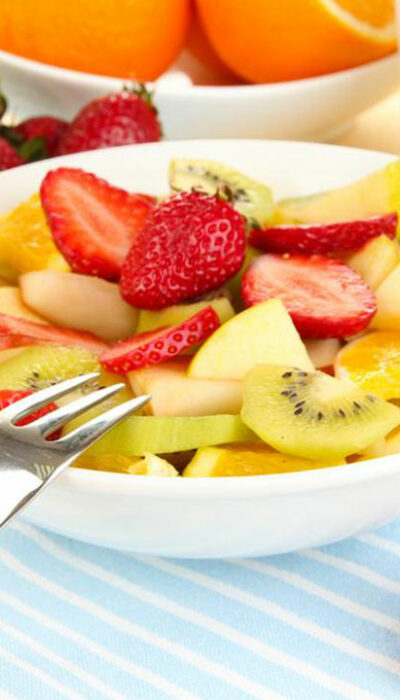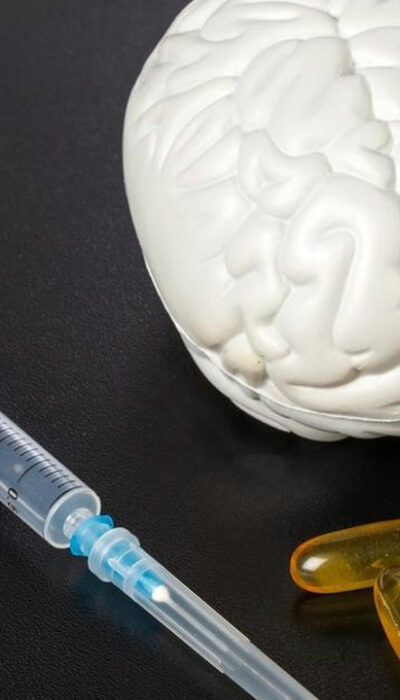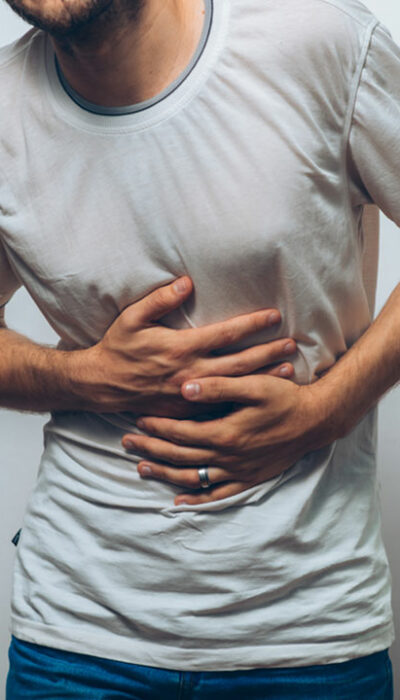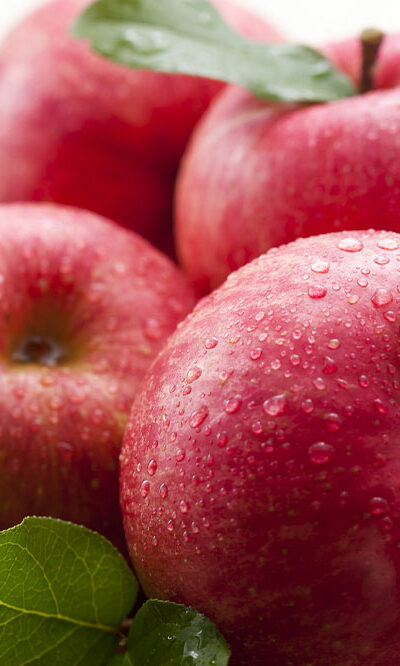
5 similar indicators of Parkinson’s and TD
Parkinson’s disease and tardive dyskinesia (TD) are neurological disorders whose onset is marked by several similar yet distinct indicators. These symptoms may not always be obvious; however, it is important to recognize them early for timely diagnosis and intervention. The significant difference between Parkinson’s disease and TD is that in the former condition, individuals experience difficulty moving, while the latter is characterized by involuntary movements. Here are some symptoms of Parkinson’s disease and TD. Micrographia Micrographia, the gradual reduction in handwriting size, is a subtle yet significant early sign of Parkinson’s disease. Those grappling with Parkinson’s may encounter difficulties sustaining legible scripts as the ailment advances. This seemingly benign symptom can signal underlying neurologic shifts. Olfactory sensation loss Anosmia, the absence of the sense of smell, can be an initial indicator of Parkinson’s and TD. A diminishing capacity to detect odors or an abrupt olfactory impairment frequently transpires years before the emergence of other discernible symptoms. This symptom is caused by the degeneration of nerve cells in the olfactory bulb. Restless Leg Syndrome (RLS) Restless Leg Syndrome, characterized by an irresistible urge to move the legs, emerges as a common unspoken symptom of Parkinson’s and TD. Individuals with these conditions may experience discomfort and a constant need to shift their legs. Slouched posture A stooped or hunched posture is a physical change observed in Parkinson’s patients. This symptom, known as postural instability, happens due to the impairment of postural reflexes and can lead to challenges in maintaining an erect posture. Understanding this postural shift helps in early diagnosis and proper treatment. Swift blinking and facial contortions Tardive dyskinesia often leads to involuntary movements of the face and eyes, including rapid blinking, facial contortions, and tongue protrusion. Recognizing these silent symptoms of Parkinson’s and TD is important in facilitating timely diagnosis and care.










